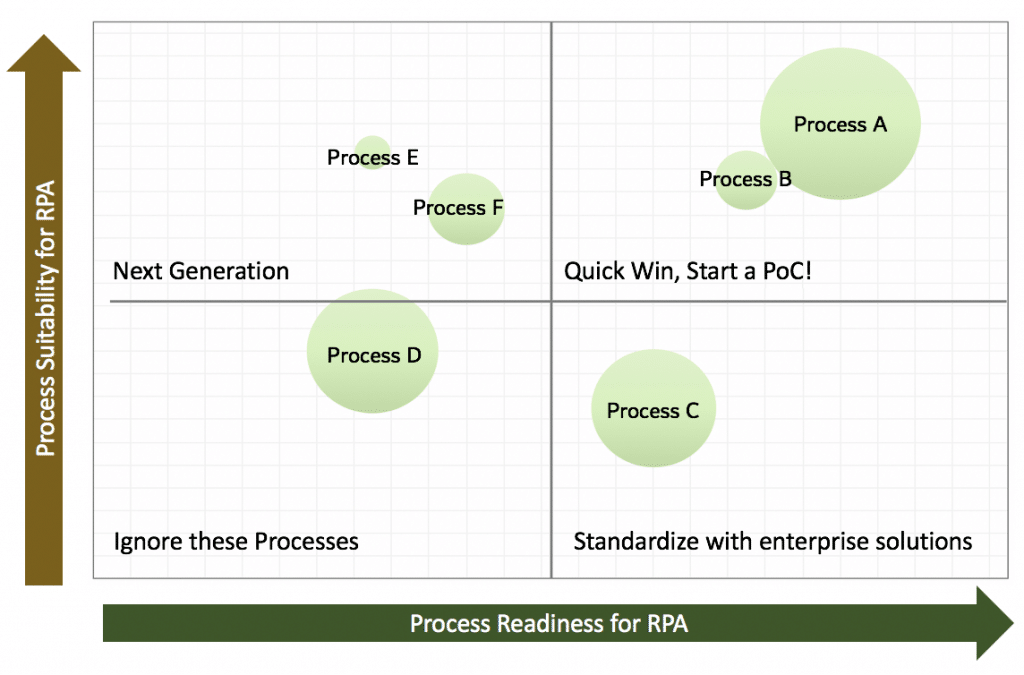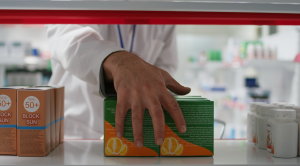Successful RPA project begins with a successful analysis
The benefits of Robotic Process Automation (RPA) are clear, but which of your processes can and should be automated first? You need to start with the most automation-ready process to achieve quick wins.
The suitability and readiness of automating any business process are subject to 6 different rules. The suitable process doesn’t mean that it is automation-ready and vice versa, you have to calculate the process “suitability score”, “readiness score” in addition to the “process volume”.
1. Process volume indicates how many times is the process executed.
The suitability of the process for automation can be measured by:
2. Human interpretation
3. Data characteristics
4. IT systems
The readiness of the process for automation can be measured by:
5. The process digitalization
6. The process standardization

Azdan is using a scientific approach to calculate volume of the process, suitability and the readiness score. Calculator your process automation potential.
1. Process Volume
The process volume is the ratio between total process execution time per year to the full-time equivalent for 1 employee per year.
let’s assume that your 1 hour process is executed 600 times/year, and your employee is working 8 hours a day for 225 days/year. the process volume will be (1×600)/(8×225)= 0.33
2. Human Interpretation
Best Scenario for automation
No or very low degree of decision-making needed in process execution and/or is concentrated in a specific area of the process
Worst Scenario for automation
Human decision-making is needed in more than 70% of the process steps and/or is spread over the process.
3. Data characteristics
Worst Scenario for automation
You are using unstructured data with varying formats such as different vendor invoices without predefined inputs.
Best Scenario for automation
The data is structured with fixed and predefined inputs.
4. IT Enterprise Solutions
Worst Scenario for automation
The users are not using any enterprise applications such as ERP or CRM. they are maintaining their data and process through manual spreadsheets and emails.
Best Scenario for automation
The users own and maintain enterprise applications for business management.
5. Digitalization
Worst Scenario for automation
Data Inputs needed for the process are not digitized, the users are using paperwork that is required to a high extent.
Best Scenario for automation
All inputs and data are stored digitally on applications, text, files, spreadsheets or any other digital format.
6. Standardization
Worst Scenario for automation
The process is adjusted frequently or there is no predefined decision tree that the process steps follow.
Best Scenario for automation
The process is not adjusted frequently and there is a predefined decision tree that the process steps follow.
Conclusion
Processes with the most automation potential are almost entirely digital and executed repeatedly using the applications. These processes have the highest suitability and readiness score. we recommend starting deploying Proof of Concepts to them to generate quick RPA wins.






